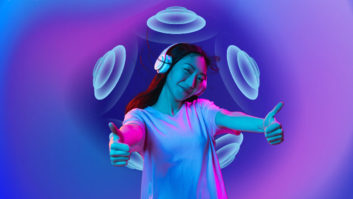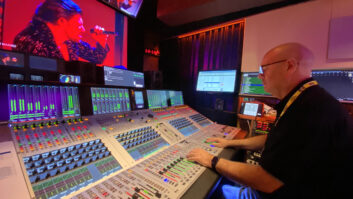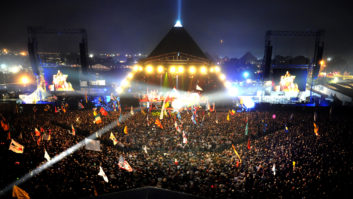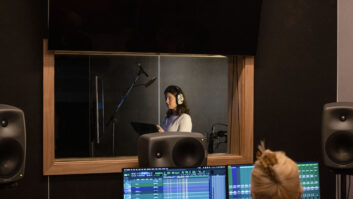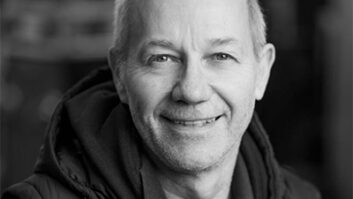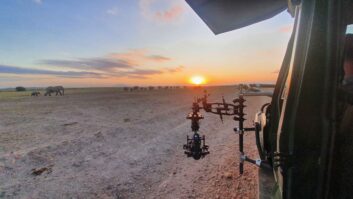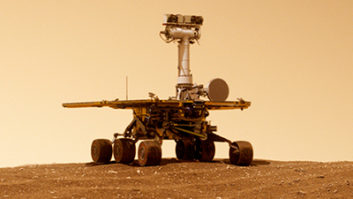From our experience as moviegoers and sound designers, the ambiences, which create the cinematic world the characters live in, are often ignored. In audio post production, it is almost a truism that sound designers and sound effects editors don’t give them enough attention. That’s because, in real life, we are so accustomed to our sight that we automatically filter out those vivid environmental sounds around us.
Nevertheless, let’s imagine you are asked to create an underwater soundscape for a shark thriller, such as Deep Fear (2022), directed by Marcus Adams. In that case, it becomes clear that a significant portion of the film depends precisely on the ambience. With only a few lines of dialogue and music crossing the boundaries with sound design, the underwater atmospheres function as the primary means of communication between the audience and the filmmaker. We at Soundtrack Creation believe that every element of a film soundtrack, including the ambience, should tell the film’s story on its own.
Similarly to animation, because there was no location sound involved for the underwater part of the film, we had to build the entire soundscape from scratch. However, how does one design a world we are not used to hearing? A world of vicious white sharks and shipwrecks living deep under the sea.
Work Process (Methodology)
Because we wanted to take a unique approach to creating the underwater world for Deep Fear, we decided to go into the field and make our own recordings of water. During our short trips to Spain and Austria, we took a bunch of recordings off the seashore (Valencia, Spain), the lakefront of Lake Constance (Bregenz, Austria), and various ponds and fountains we bumped into. The idea was to create as many recordings as possible, which could be taken into our studio for further editing and processing.
A stereo hydrophone was one of the main tools we used to capture these recordings. This special microphone lets us record vibrations travelling through water or other liquids. Transmitting low-frequency sounds is one of the outstanding traits of the underwater environment. For example, speeding up the recordings can create sounds ordinarily inaudible to humans. But is that how we, the audience, expect the aquatic environment to sound?
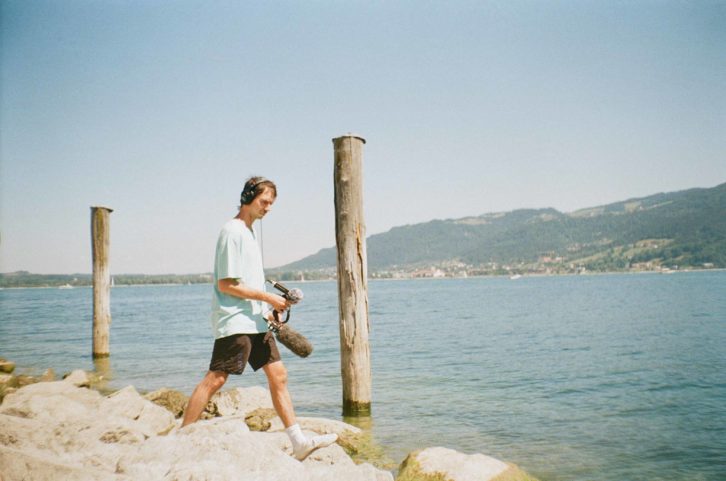
Most of the recordings captured by hydrophones sound rather dull and often clicky. Without further sound processing, this is actually not how the audience expects the underwater world to sound. Instead, it is culturally ingrained that the underwater sounds are muffled and deep. Films such as Thunderball (1965), Jaws (
When designing soundscapes, ‘hyperrealism’ in film is a critical factor to consider. Today, audiences expect sound effects and ambiences to sound more extensive than in the real world. Of course, this also varies by genre and aesthetics. However, the point to remember is that by exaggerating sounds, we emphasize what is narratively important to connect the audience with the story and its characters on screen. Precisely for that reason, the underwater ambience in Deep Fear sounds deeper, bigger, and scarier.
In the same way painters use colours to paint a picture, portraying a feeling and experience the viewer can relate to, we, the sound designers, construct an aural world for the story from scratch, using sound. Therefore, access to sound effects that are otherwise impossible to capture on set or elsewhere is essential.
A very efficient way of generating sound effects is Foley, the practice of performing sound effects in real-time to picture. An excellent example of using Foley would be the sound of a lightsaber in Star Wars: A New Hope (1977). Ben Burtt performed the lightsaber fights to picture by moving a microphone in front of a speaker. With sound effects editing and design, we can also create sounds the audience expects to hear in everyday life. For example, the sound of the helicopter blades in Apocalypse Now (1979) was achieved by speeding up the sound of a chain twirled against a paper bag.
However, it is relatively arguable how the audience should ‘read’ this famous introductory scene. We know that if sound and image coincide, the audience would subconsciously connect them through the phenomenon of ‘synchresis’, a term coined by Michel Chion, a renowned composer and film theorist. Still, this is a somewhat subjective matter as this is ‘obviously’ a synthetic sound effect for an ‘active’ spectator-auditor. Instead of believing the sound of the helicopter blades is ‘real’, the audience should perceive it as altered to hear what is imagined in Captain Willard’s mind.
In Deep Fear, the sounds of reversed water bubbles and metallic squeaks differ from regular diegetic sound effects, which aim to represent a sense of realism. The role of sound effects in dream sequences and flashbacks portrays the subjectivity of a character. In this case, the sound signifies a traumatic experience from a character’s childhood.
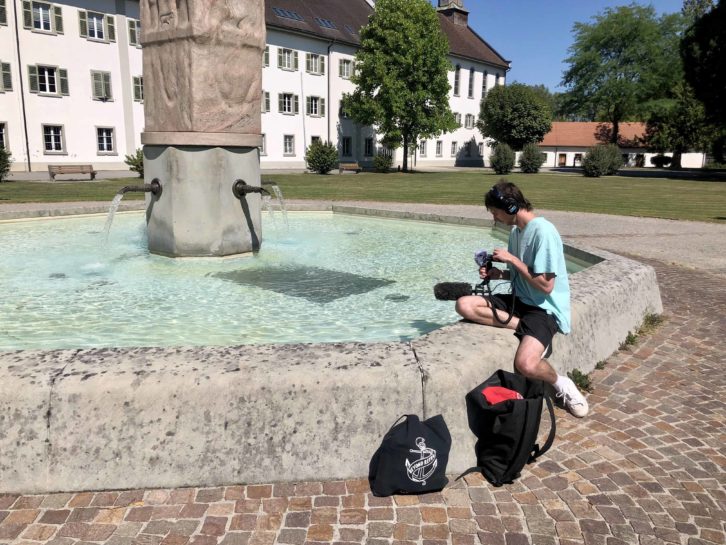
Although these sound effects carry out an informative function, telling us about the environment, the intention was to use them as musical instruments, detached from their ‘objects’, as we have learned from Pierre Schaeffer and his ‘musique concrète’ movement. The primary function of sound effects and ambiences in film is often emotive, and our main goal is to make the audience ‘feel’ and become connected to the characters in the story.
Conclusion
The use of film sound depends on how the story is told. Instead of looking for realism, we want to evoke visceral feelings in the audience by using hyper-realistic sound design and Foley. The balance between the informative and emotive function of film sound is what often creates impactful sound effects. For example, the sounds of the white shark ripping flesh in Deep Fear.
Although many underwater films have used processed recordings of water captured by regular microphones, we achieved many interesting textures by slowing down the ‘real’ hydrophone recordings and applying further processing to get that notoriously missing low-end frequencies. It’s all about experimentation and what works for the story. However you get there, our sound design work aims to evoke feelings and events based on the audience’s episodic memories rather than denote how an underwater ambience actually sounds.
